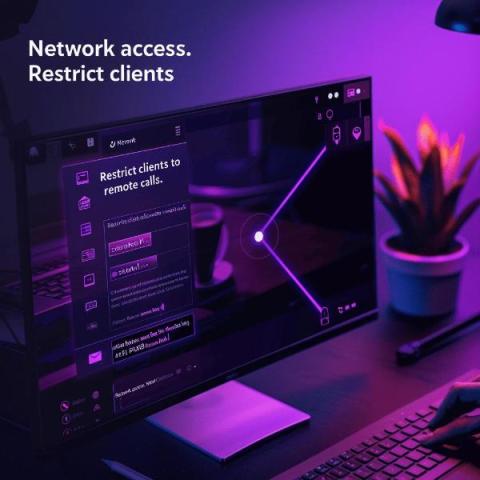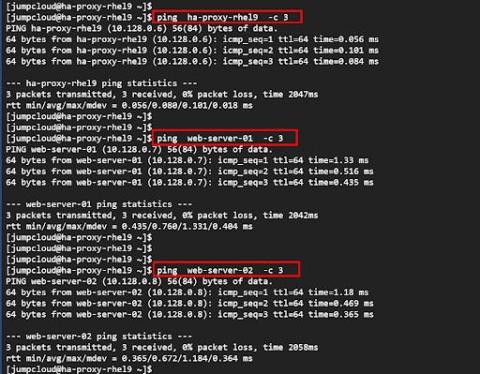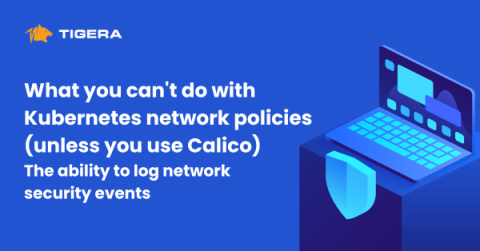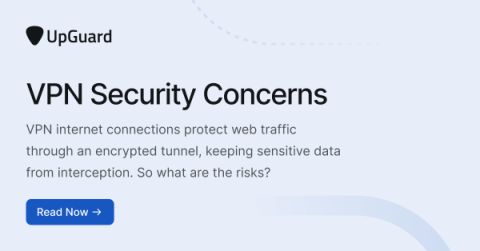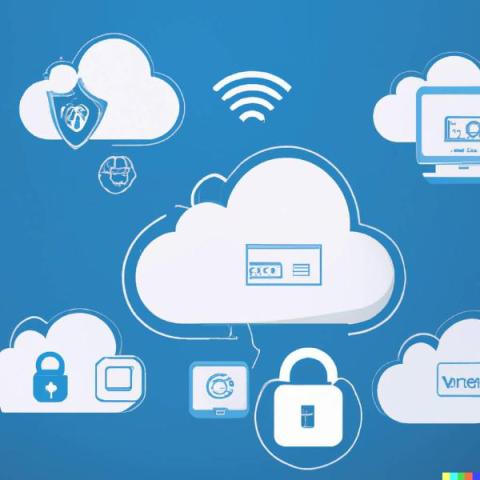AlgoSec and Zero-Trust for Healthcare
Before I became a Sale Engineer I started my career working in operations and I don’t remember the first time I heard the term zero trust but I all I knew is that it was very important and everyone was striving to get to that level of security. Today I’ll get into how AlgoSec can help achieve those goals, but first let’s have a quick recap on what zero trust is in the first place.



